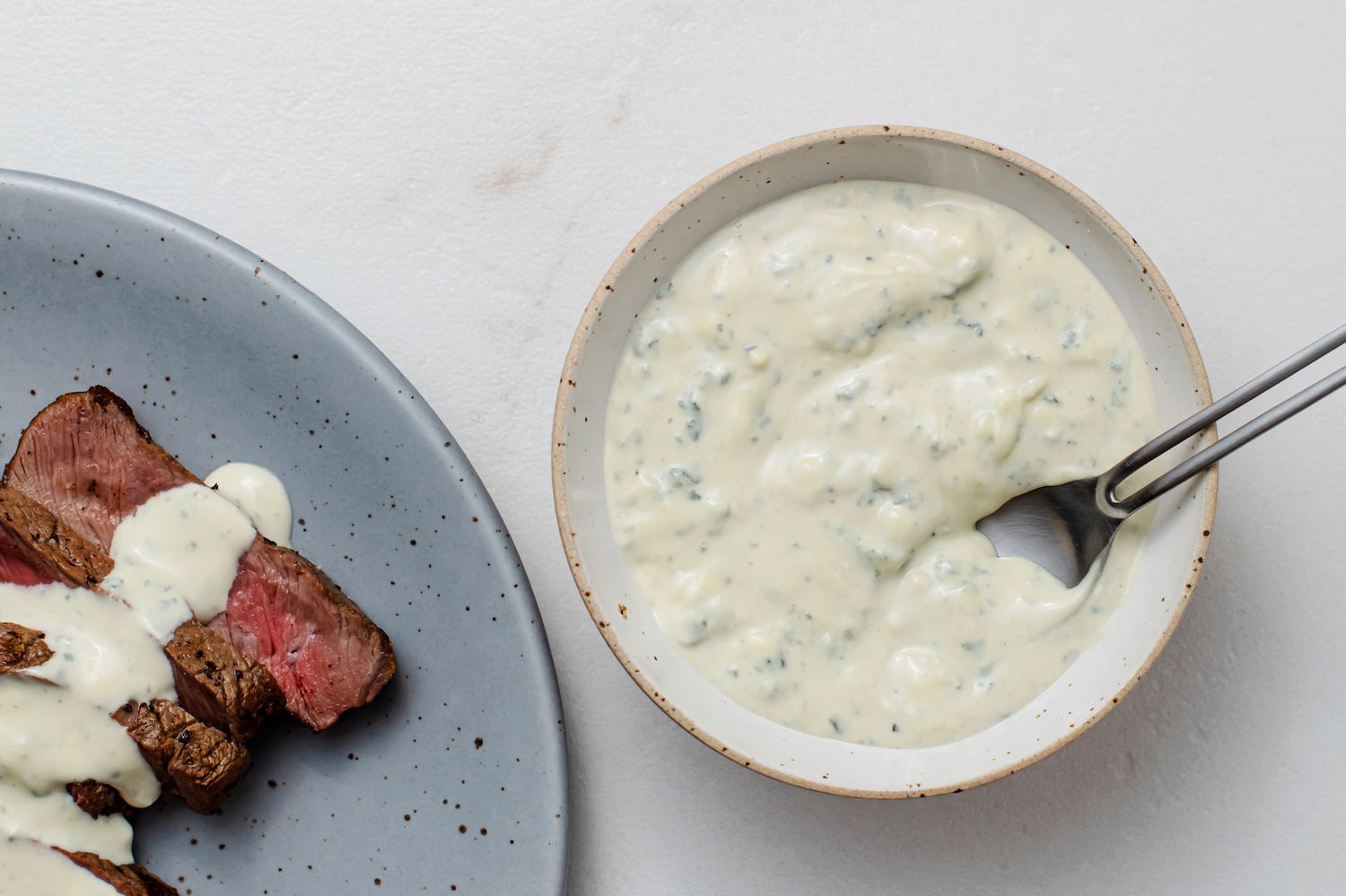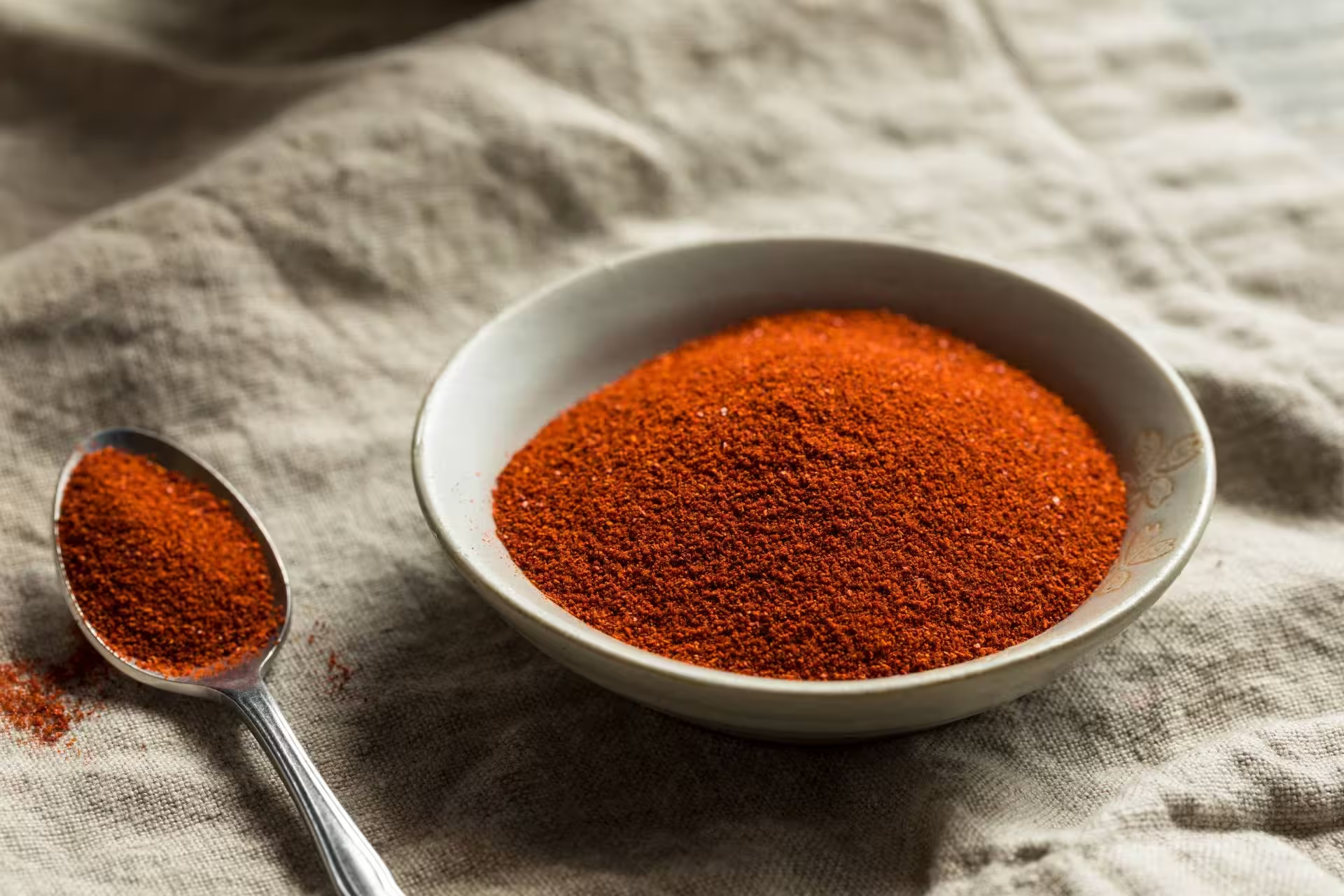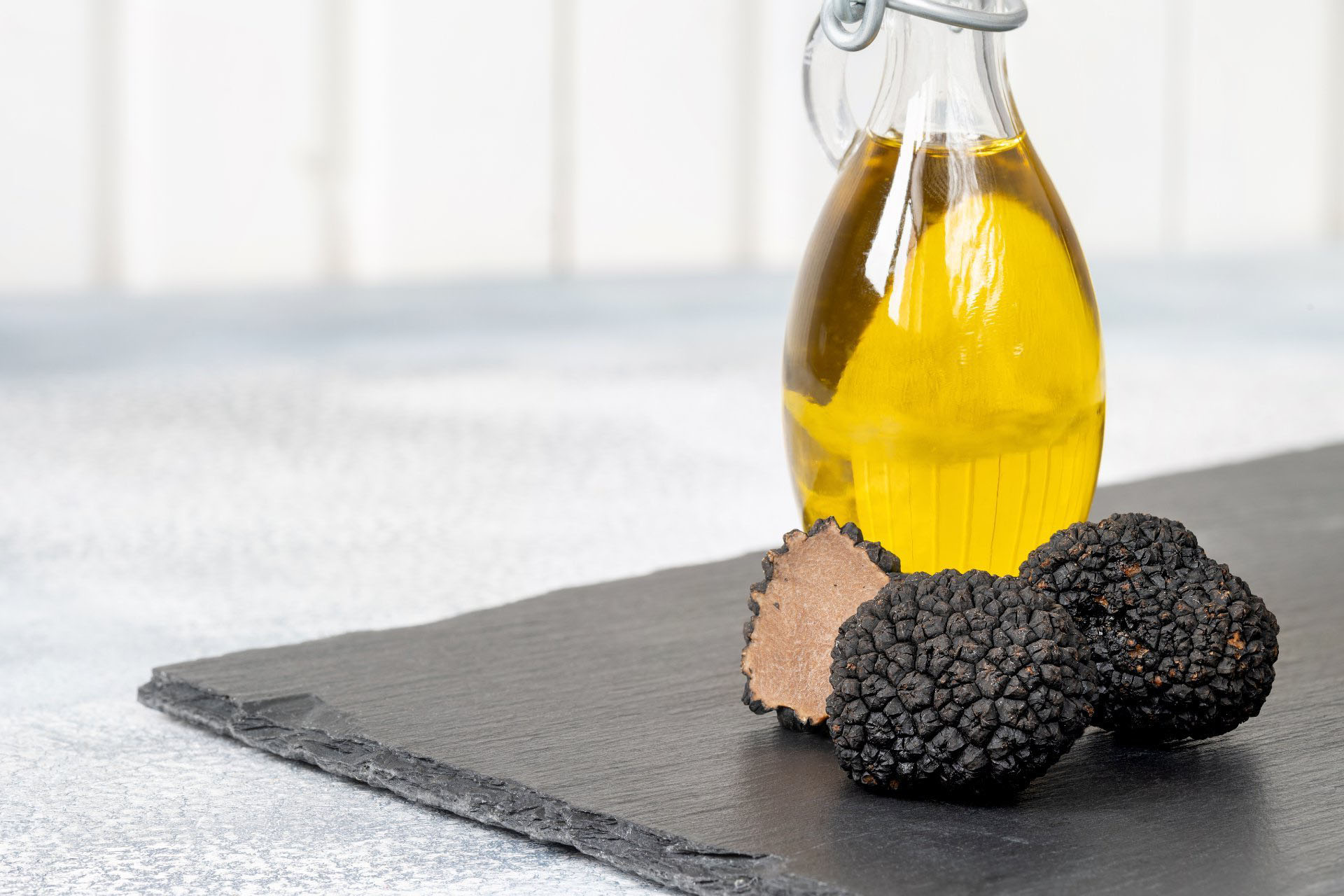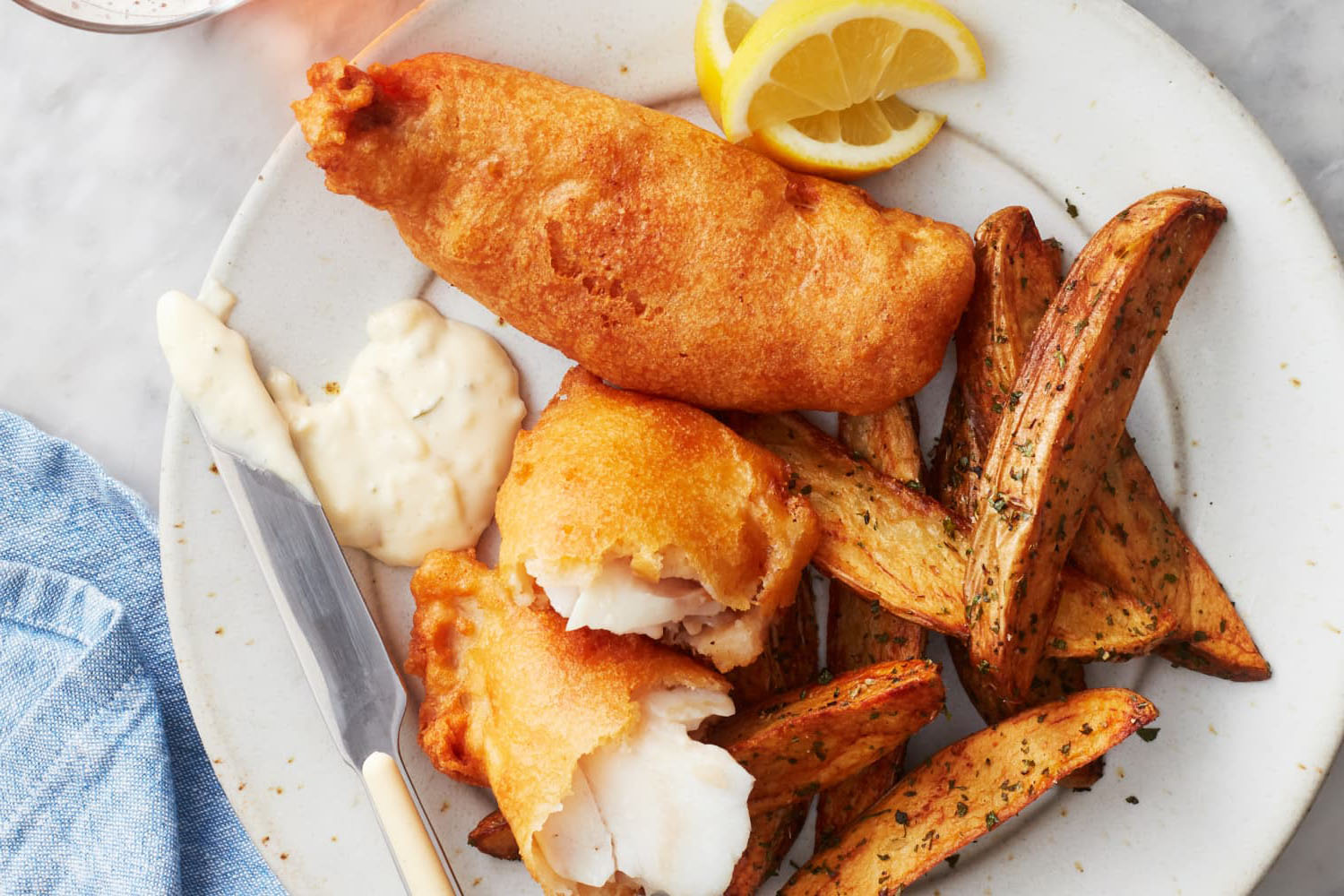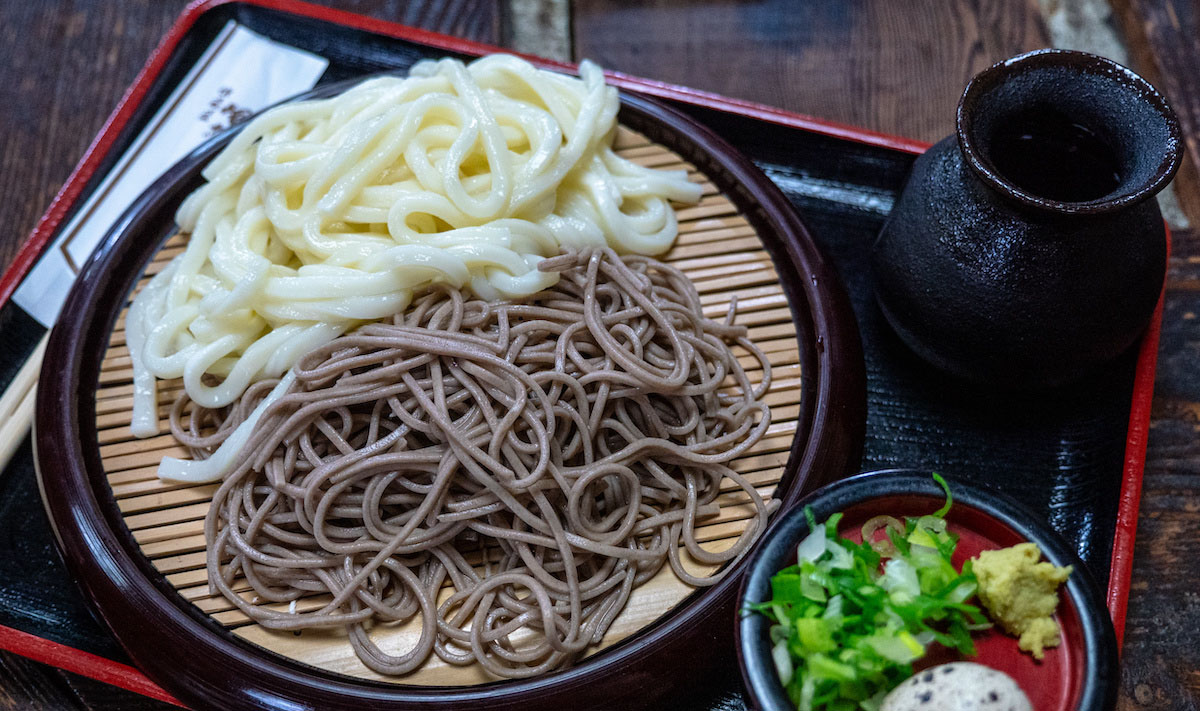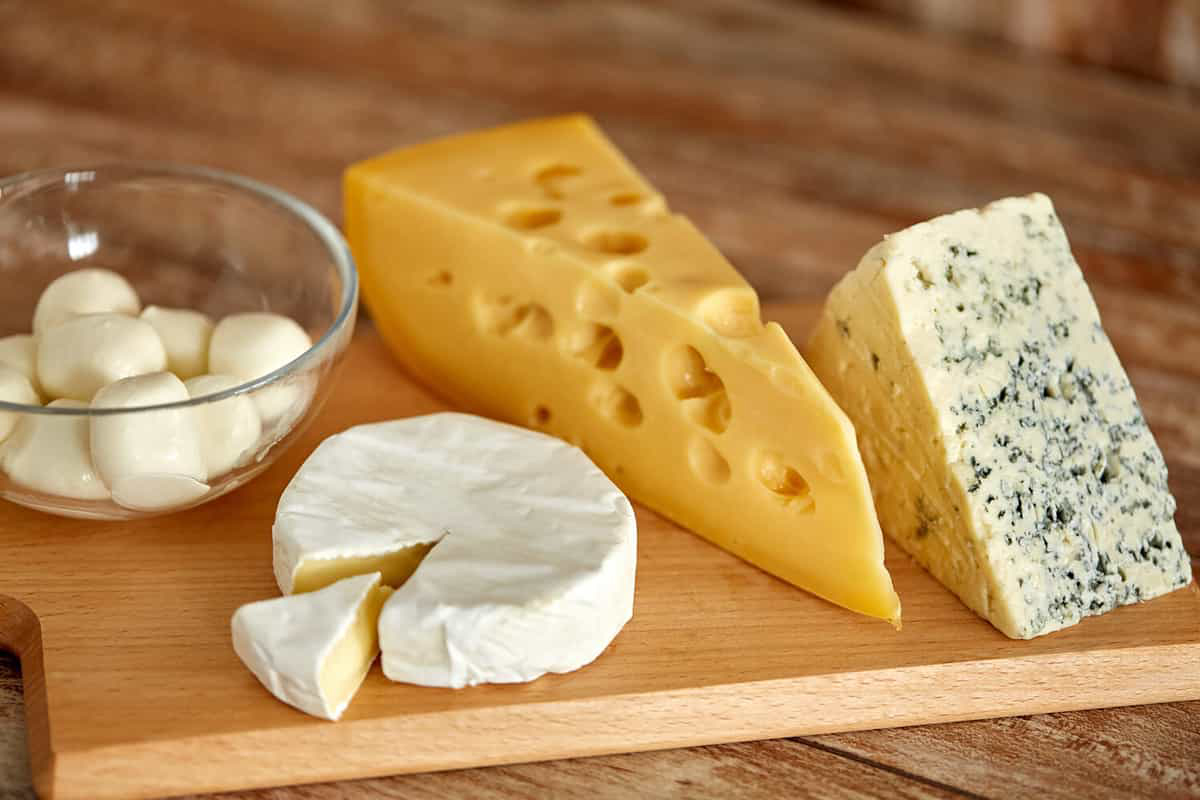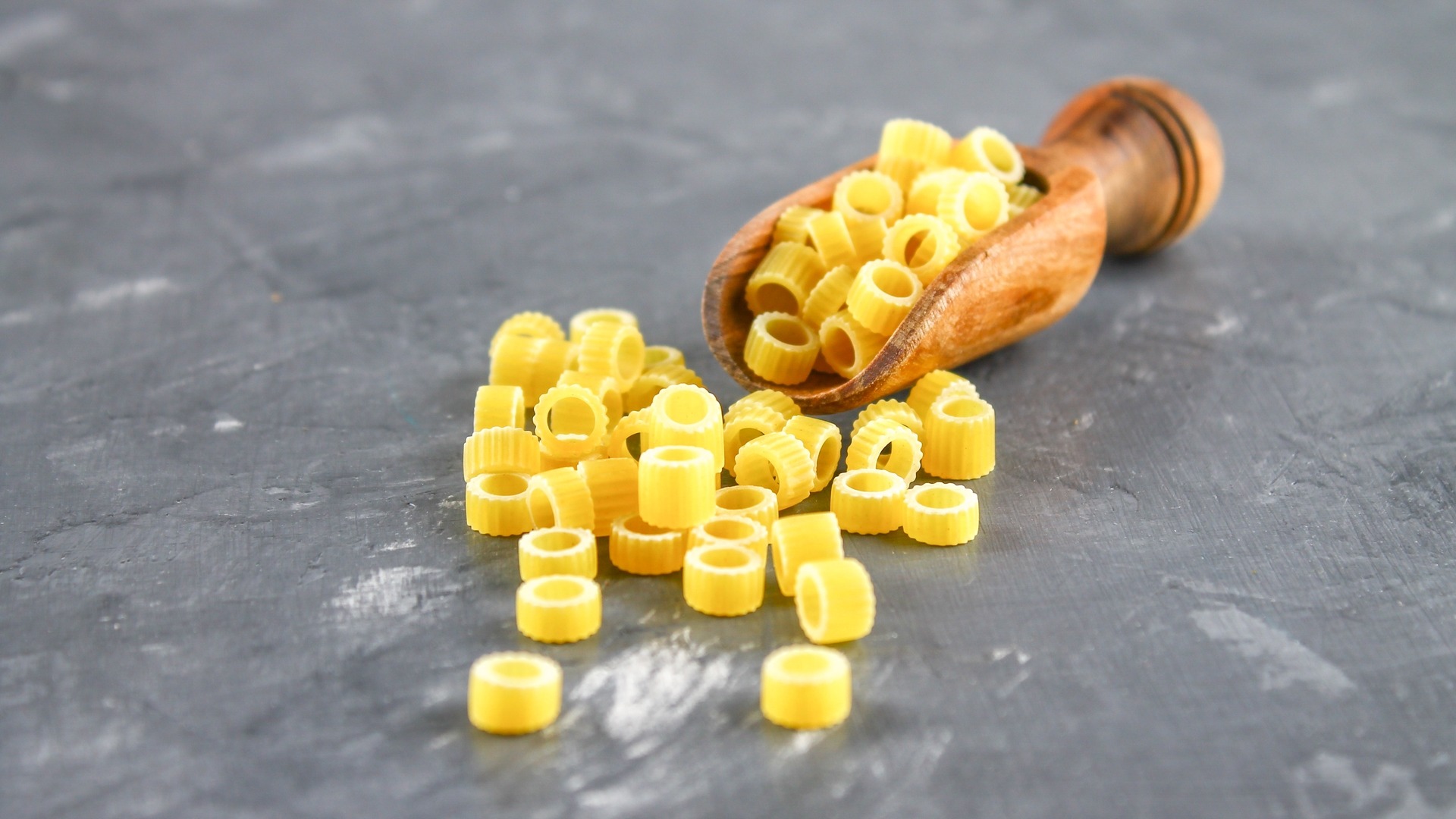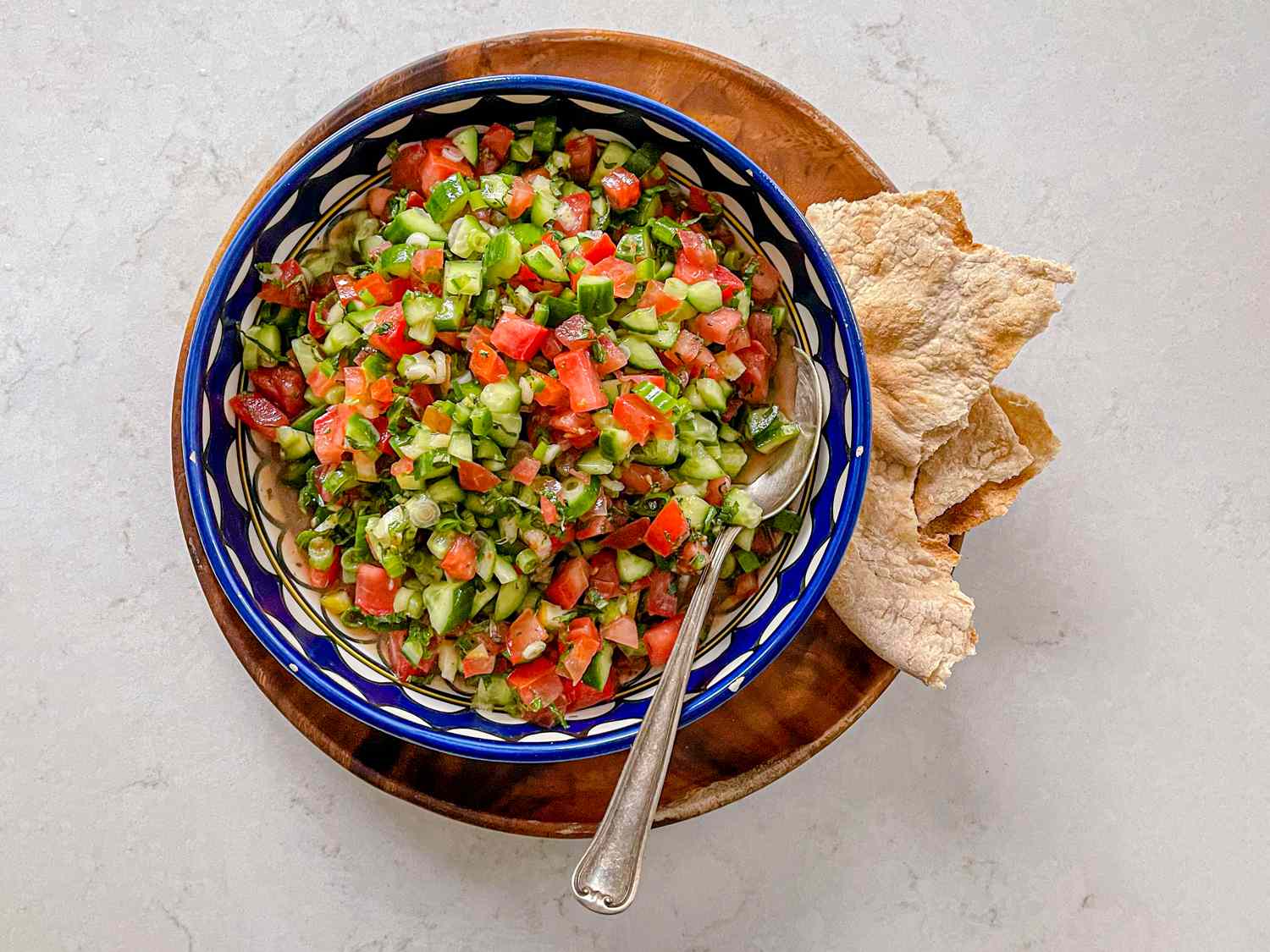Exploring the Wonderful World of Pasta
When it comes to comfort food, few things can beat a delicious plate of pasta. Whether it’s a simple spaghetti dish or a more elaborate lasagna, pasta has a way of satisfying our cravings and bringing people together around the dinner table. But did you know that there are many different types of pasta, each with its own unique shape and texture? Let’s take a closer look at some of the most popular varieties of pasta and how they can be used to create mouthwatering dishes.
1. Spaghetti
Spaghetti is perhaps one of the most well-known types of pasta. It is long, thin, and cylindrical in shape, making it perfect for twirling around a fork. This classic pasta is often served with a variety of sauces, from marinara to carbonara, and is a staple in Italian cuisine.
2. Penne
Penne is a tube-shaped pasta that is cut on the diagonal, resulting in a distinctive angled edge. This shape is not only visually appealing but also serves a practical purpose, as the angled edges allow sauces to cling to the pasta more effectively. Penne is often used in baked pasta dishes and is a popular choice for pasta salads.
3. Farfalle
Also known as bowtie pasta, farfalle is a type of pasta that is shaped like a butterfly or bowtie. Its unique shape makes it a fun and versatile option for a wide range of dishes. Farfalle works well in creamy sauces and is often used in pasta salads and casseroles.
4. Rigatoni
Rigatoni is a tube-shaped pasta with ridges running down its length. These ridges not only give rigatoni its distinctive appearance but also help to trap and hold onto sauces. Rigatoni is a popular choice for hearty, meat-based sauces and is often used in baked pasta dishes.
5. Fettuccine
Fettuccine is a flat, wide pasta that is similar in shape to tagliatelle. This type of pasta is often associated with rich, creamy sauces, such as Alfredo, and is a popular choice for showcasing the flavors of ingredients like mushrooms, seafood, and chicken.
6. Lasagna
Lasagna is a wide, flat pasta that is perhaps best known for its use in the classic Italian dish of the same name. This pasta is layered with sauce, cheese, and other ingredients to create a hearty and satisfying meal that is perfect for feeding a crowd.
7. Orzo
Orzo is a small, rice-shaped pasta that is often used in soups, salads, and pilafs. Despite its rice-like appearance, orzo is indeed a form of pasta and adds a delightful texture to a wide range of dishes.
These are just a few examples of the many different types of pasta that are available. Each type of pasta brings its own unique characteristics to the table, and experimenting with different shapes and textures can lead to a world of delicious culinary possibilities. Whether you’re craving a simple spaghetti dish or a more elaborate lasagna, there’s a perfect type of pasta out there to bring your culinary creations to life.
Was this page helpful?
Read Next: What Is Kielbasa

